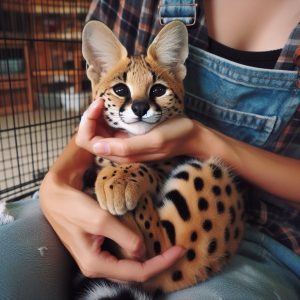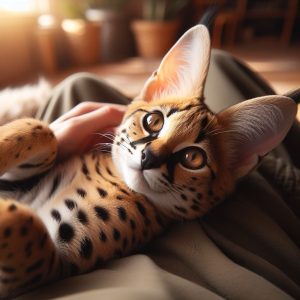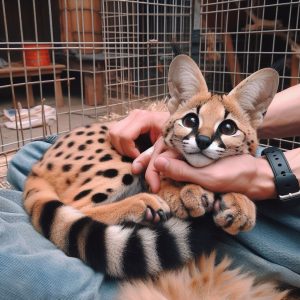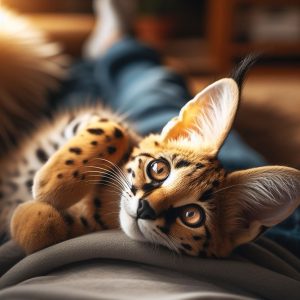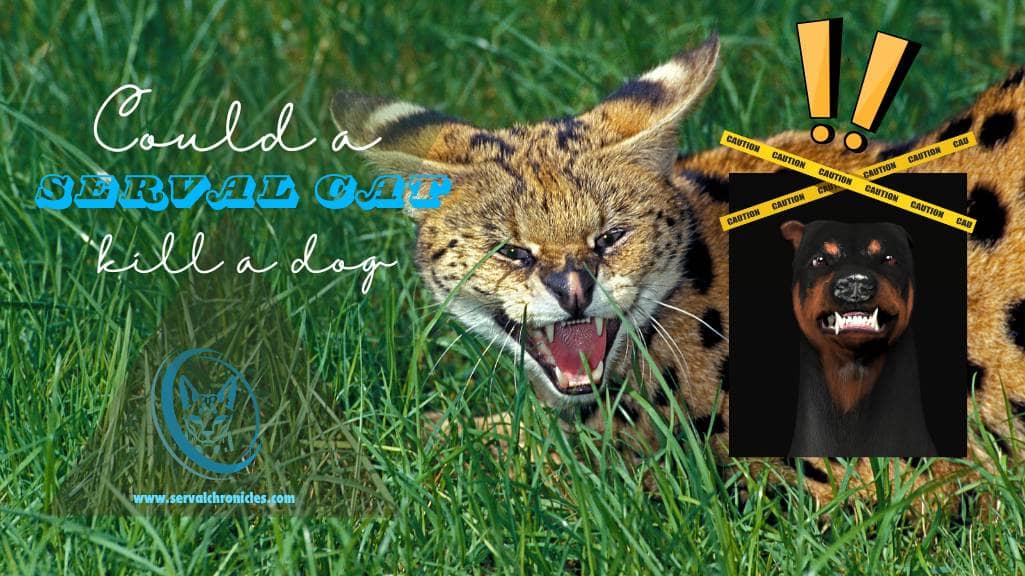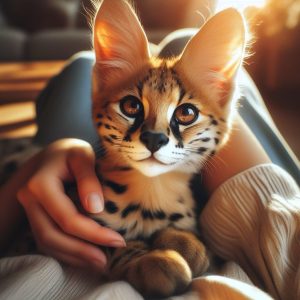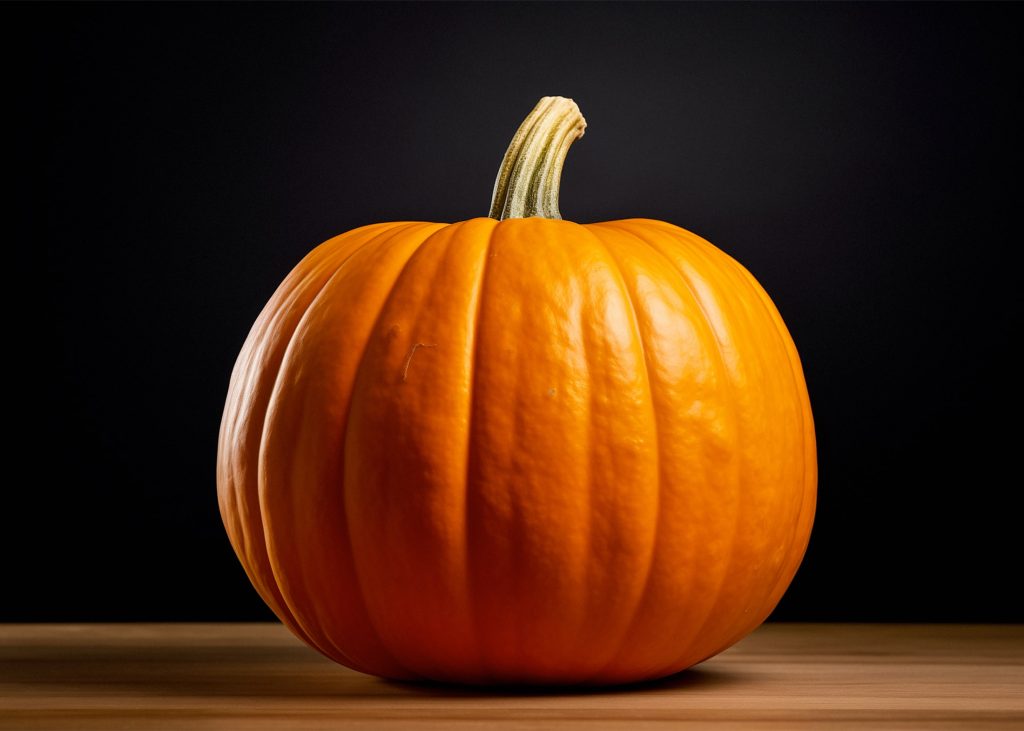Serval cats, with their lithe bodies and agile movements, are iconic inhabitants of the African savannah. Known for their remarkable hunting skills and distinctive appearance, these wild felines possess a range of behaviors and adaptations suited to their grassland habitat. Yet, amidst their terrestrial prowess, a question arises: do serval cats have an affinity for water?
Natural Habitat and Behavior:
In their native range across sub-Saharan Africa, serval cats primarily inhabit grasslands, savannahs, and wetlands. While they are not commonly associated with aquatic environments, serval cats may encounter water bodies such as rivers, streams, and marshes in their natural habitat. In these settings, they may opportunistically hunt for prey such as fish, frogs, and aquatic birds, showcasing their adaptability and resourcefulness.
Limited Aquatic Behavior:
While serval cats may occasionally encounter water in their natural habitat, they do not exhibit the same level of affinity for water as species such as leopards or jaguars, which are known for their swimming abilities. Unlike their larger counterparts, serval cats are generally not strong swimmers and may avoid entering deep water bodies if possible. Instead, they are more likely to utilize shallow waterways for drinking, bathing, or hunting, where they can safely navigate and access prey.
Behavioral Observations:
Observations of serval cats in captivity provide further insights into their relationship with water. While individual behaviors may vary, many serval cats display a cautious curiosity towards water, approaching shallow pools or streams with hesitation before cautiously testing the waters. Some serval cats may show interest in playing or splashing in water under certain circumstances, while others may prefer to observe from a safe distance.
Adaptability and Context:
Like many aspects of animal behavior, the relationship between serval cats and water is influenced by a combination of factors, including individual temperament, environmental conditions, and past experiences. While serval cats may not possess the same aquatic adaptations as species specialized for an aquatic lifestyle, they demonstrate adaptability and versatility in their interactions with water, utilizing it as a resource when necessary while maintaining a preference for their terrestrial habitat.
Conclusion:
In conclusion, while serval cats may not exhibit the same affinity for water as some other feline species, they are nonetheless capable of navigating and utilizing aquatic environments as needed. While their encounters with water may be limited in their natural habitat, serval cats demonstrate adaptability and curiosity towards water, showcasing their ability to thrive in a variety of landscapes. By understanding the nuances of serval cat behavior, we gain a deeper appreciation for these fascinating felines and their unique adaptations to their environment.
